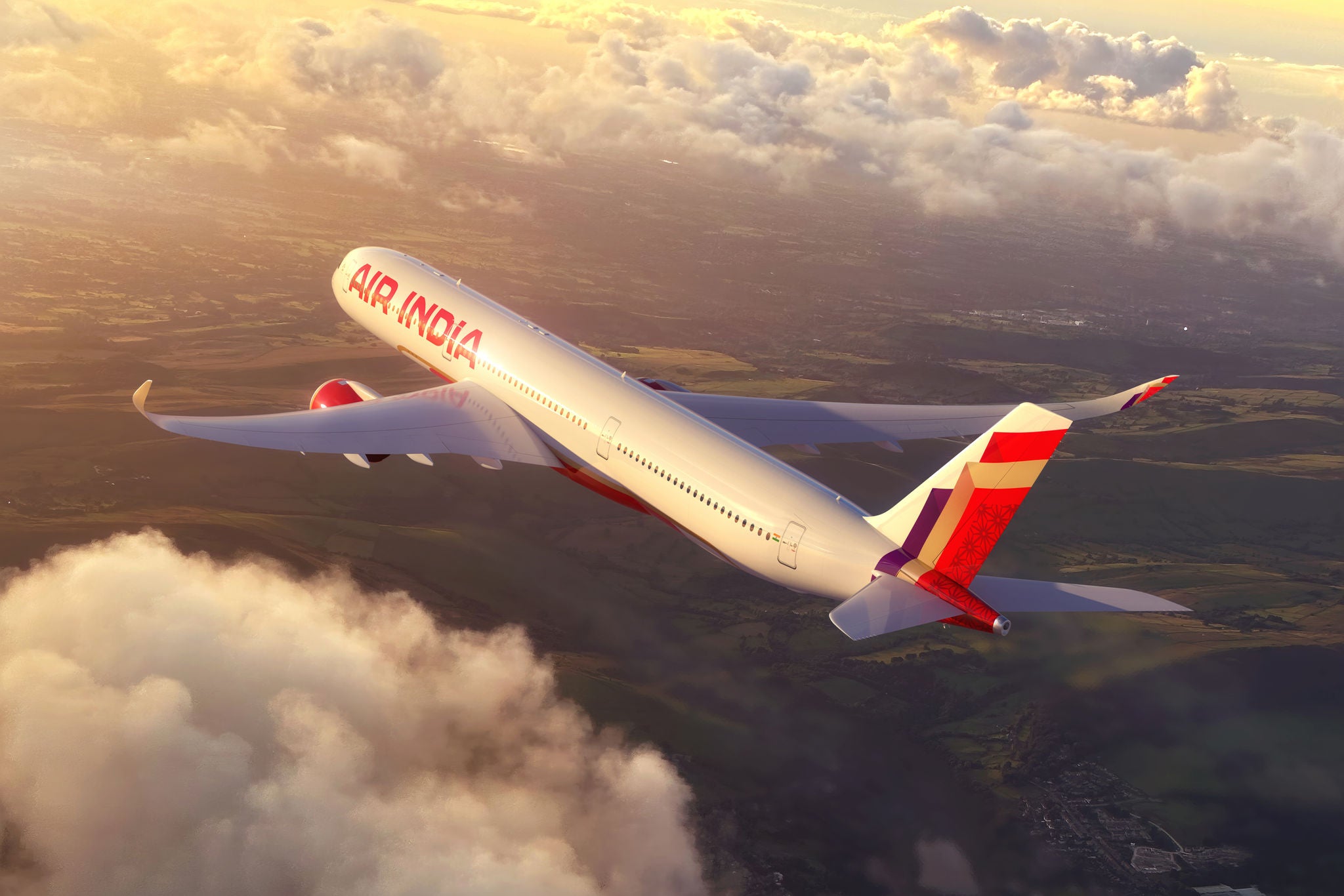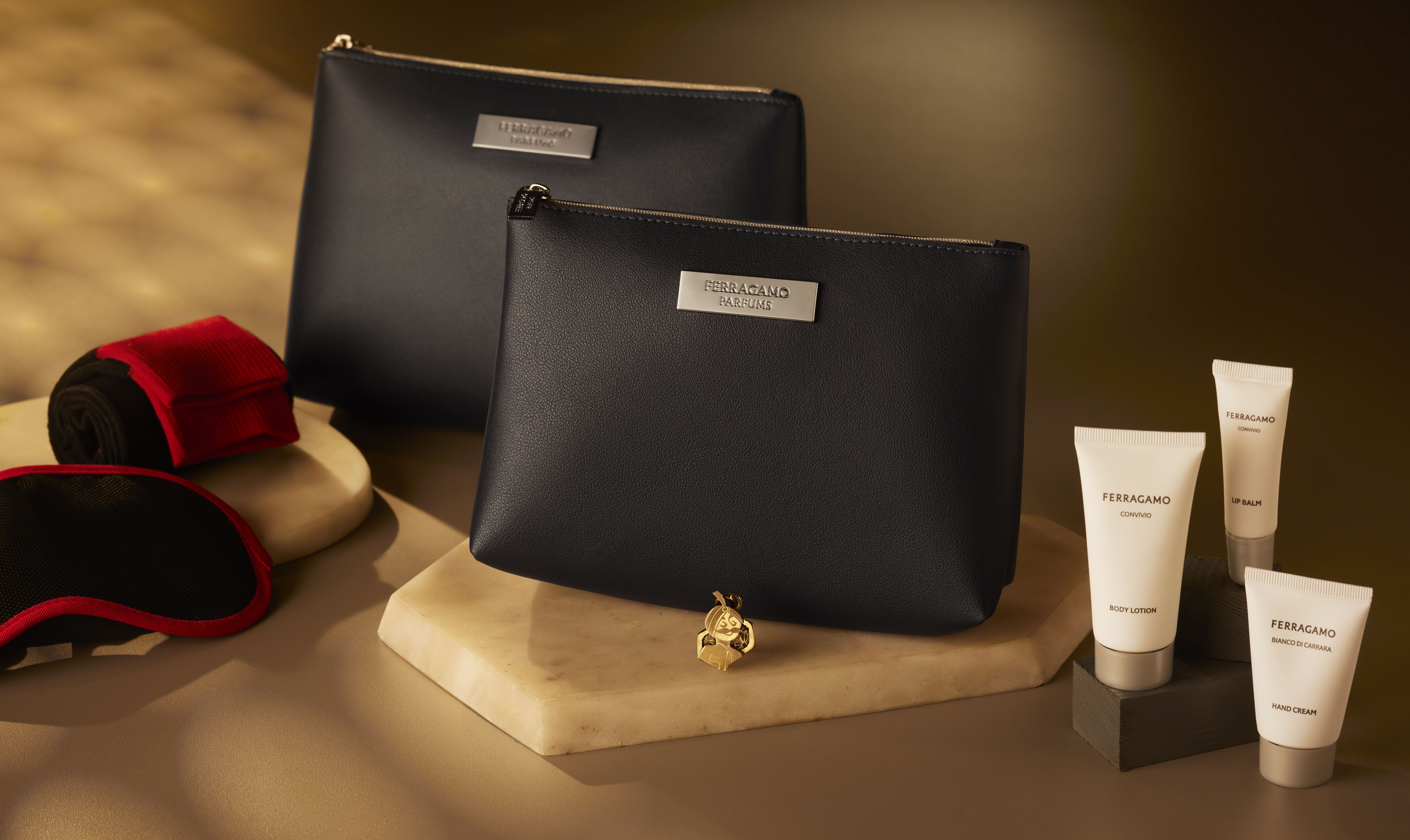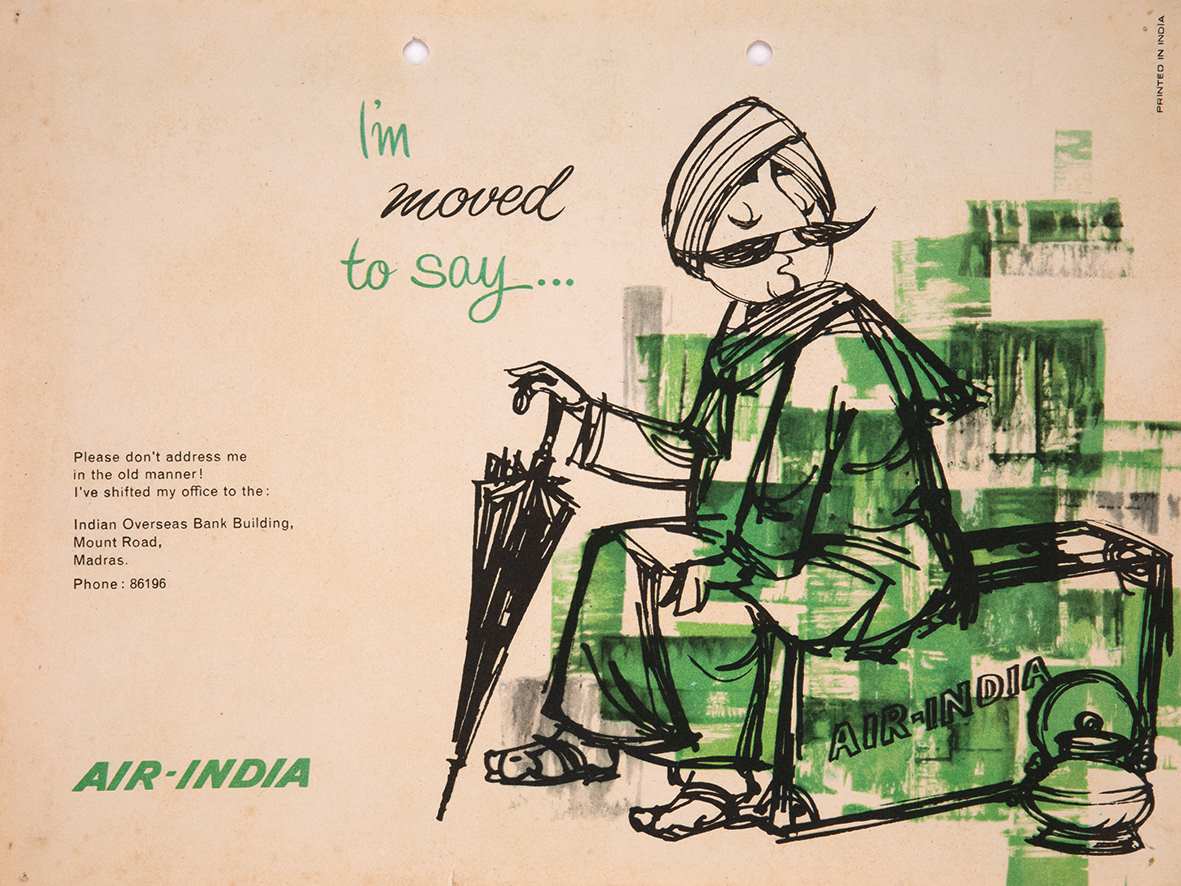
The Maharaja made his grand appearance as the iconic mascot of Air India in 1946, in pre-independent India. He was the brainchild of Sorab Kaikhusroo Kooka, aka Bobby Kooka, Air India's Commercial Director. Kooka decided to give the newly christened Air India a “human face that represented India with charm and dignity,” says author Harish Bhat, in #TataStories: 40 Timeless Tales to Inspire You.
The birth of an immortal emblem
In the first booking office in Mumbai, Kooka created ‘an Oriental potentate, sitting on a magic carpet, smoking a bubble hookah. “We call him a Maharaja for want of a better description. But his blood isn’t blue. He might look like royalty, but he isn’t royal,” Kooka said. Working with the artist Umesh Rao from J. Walter Thomson, Kooka envisioned the lovable mascot’s round face, handlebar moustache, long nose, and striped turban, but kept reinventing him.
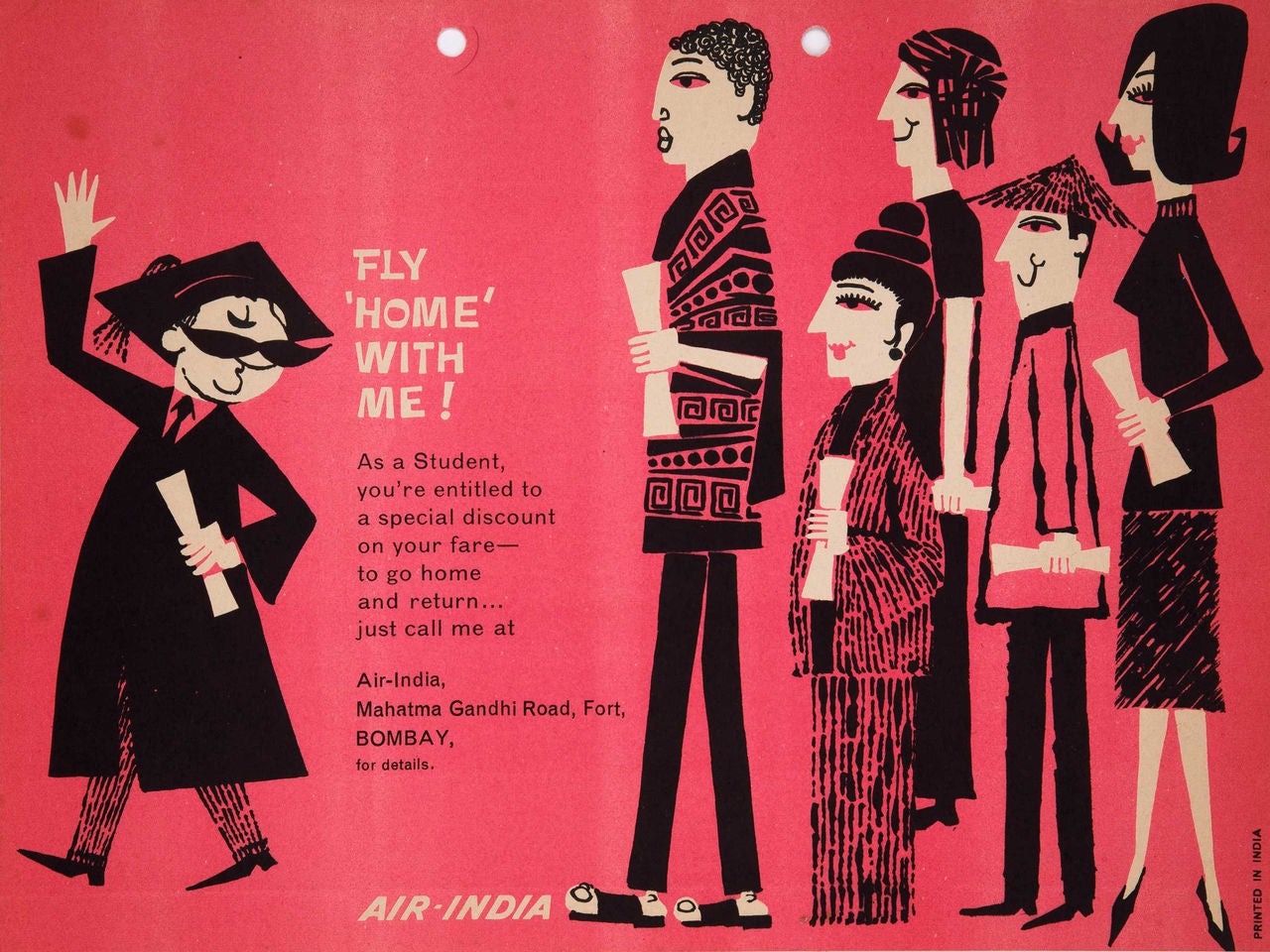
With his striped turban and vibrant red sherwani, he was not just an icon on calendars and memorabilia, but an integral part of Air India’s identity for over seven decades, accompanying the airline as it forayed into new countries. He embodied the regal appeal that was associated with India, as well as Air India’s impeccable hospitality and service standards. He was a lover boy in Paris, a Romeo in Rome, a sumo wrestler in Tokyo, and so on. The Maharaja was “funny, irreverent, and up to antics, but always full of India, his proud homeland,” says #TataStories.

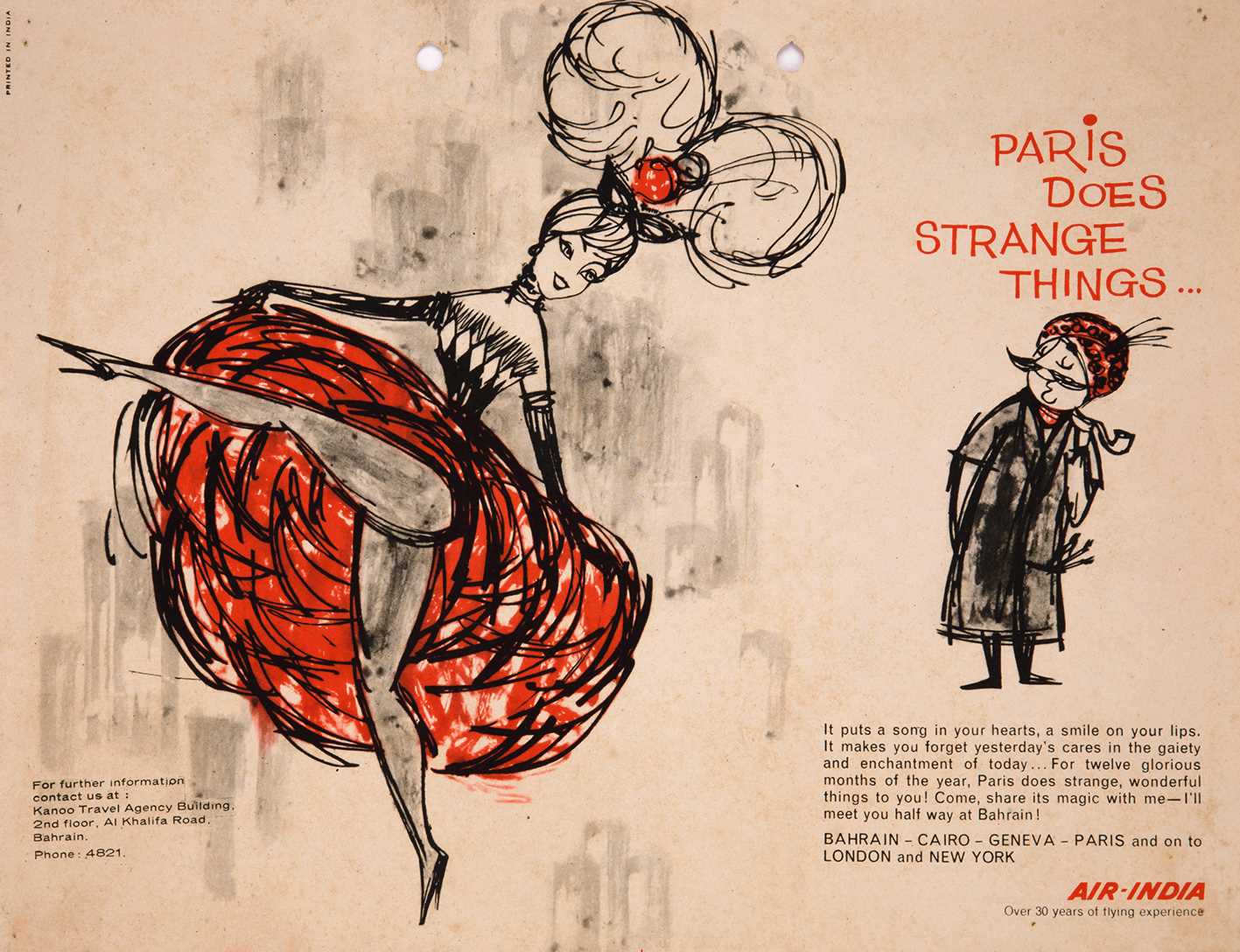
The renewed majesty
In his reimagined avatar, the Maharaja embraces a youthful and chicer look with a bejewelled turban featuring a golden kalgi, stylish juttis, a textured kurta in Air India’s new colours with gold buttons and a gold pocket square. He exudes modernity while preserving the iconic smile, closed eyes, and folded hands. Serving as a heralder of elevated experiences, he will appear across exclusive touch points in the flyer’s journey, such as First Class, exclusive lounges, and luxury products. Here’s to new beginnings and the timeless charm of a symbol reborn!


